Middle Eastern Tourism is booming, offering unique travel experiences and cultural immersion. With SIXT.VN, navigating Vietnam’s wonders is seamless. Our services ensure a memorable journey. Enjoy convenient airport transfers, diverse hotel options, and expert travel advice, all while discovering hidden gems.
1. What Countries Are Typically Included in Middle Eastern Tourism?
Middle Eastern tourism generally encompasses countries in Western Asia and parts of North Africa. These include Bahrain, Egypt, Iran, Iraq, Israel, Jordan, Kuwait, Lebanon, Oman, Palestine, Qatar, Saudi Arabia, Syria, United Arab Emirates, and Yemen. Each of these countries offers a unique blend of history, culture, and natural beauty, making the Middle East a diverse and fascinating travel destination.
1.1. Exploring the Diversity of the Middle East
The Middle East isn’t a monolithic entity but a diverse region with varying landscapes, cultures, and historical backgrounds. From the modern cities of the UAE to the ancient ruins of Syria, the region caters to a wide range of interests. Recognizing this diversity is crucial for planning a tailored and enriching travel experience.
1.2. Redefining Middle Eastern Boundaries for Tourism
While officially, the Middle East might include countries like Turkey and Cyprus, some travel enthusiasts prefer to focus on the core countries listed above. Others may even extend the boundary to include Libya, given its historical and cultural connections to the region. Such flexibility allows for a more personalized approach to exploring Middle Eastern tourism.
1.3. Ensuring Safety in Middle Eastern Destinations
Safety is a primary concern for travelers. The Middle East, like any other region, has areas that are safer than others. Destinations like the UAE, Oman, and Jordan are generally considered safe for tourists. However, it’s essential to stay informed about the current situation in specific countries and regions. Consulting travel advisories and local sources can help ensure a safe and enjoyable trip.
2. What Makes Middle Eastern Tourism Unique?
Middle Eastern tourism stands out due to its rich history, diverse cultures, and stunning landscapes. From ancient ruins to modern cities, the region offers unique attractions. Experiencing the hospitality, cuisine, and traditions of different Middle Eastern countries provides an unparalleled travel adventure.
2.1. Historical Significance
The Middle East is the cradle of civilization, boasting some of the oldest and most historically significant sites in the world. Places like Jerusalem, Damascus, and Babylon offer glimpses into the past, showcasing the rise and fall of empires, the birth of religions, and the evolution of human culture. According to UNESCO, the region is home to numerous World Heritage Sites, each telling a unique story of human achievement and cultural exchange.
2.2. Cultural Diversity
The Middle East is a melting pot of cultures, languages, and traditions. From the Bedouin hospitality in the deserts to the cosmopolitan atmosphere of Beirut, the region offers a diverse array of cultural experiences. Visitors can immerse themselves in local customs, attend traditional festivals, and learn about the unique heritage of each country.
2.3. Natural Wonders
Beyond its historical and cultural treasures, the Middle East boasts stunning natural landscapes. From the dramatic mountains of Oman to the serene beaches of the Red Sea, the region offers a variety of outdoor activities. Desert safaris, diving in coral reefs, and exploring unique geological formations are just a few of the adventures that await nature enthusiasts.
3. What Are the Top Destinations for Middle Eastern Tourism in 2025?
The top destinations for Middle Eastern tourism in 2025 include Amadiya in Iraqi Kurdistan, Shibam in Yemen, Esfahan in Iran, and the Old City of Damascus in Syria. These locations offer unique cultural and historical experiences that attract travelers seeking adventure and exploration.
3.1. Amadiya, Iraqi Kurdistan: Home to the Three Wise Men
Amadiya, located in northern Iraqi Kurdistan, is a picturesque village with a rich history spanning over 5,000 years. Perched on a mountaintop, this village has been influenced by Assyrians, Persians, and various Jewish and Christian communities. According to local legend, Amadiya is believed to be the home of the Three Wise Men who visited Jesus Christ after his birth. Today, it’s a Muslim Kurdish village offering stunning mountain scenery and a glimpse into ancient history.
3.2. Shibam, Yemen: The Manhattan of the Desert
Shibam, a UNESCO World Heritage site since 1982, is known as the “Manhattan of the Desert” due to its unique architecture. This 7,000-inhabitant town features mud-brick buildings that rise up to nine stories high. Located in the Hadramut region of Yemen, Shibam offers a relatively safe travel destination with direct flights from Cairo, Egypt. The town’s distinctive skyline and ancient heritage make it a must-see for those interested in Middle Eastern tourism.
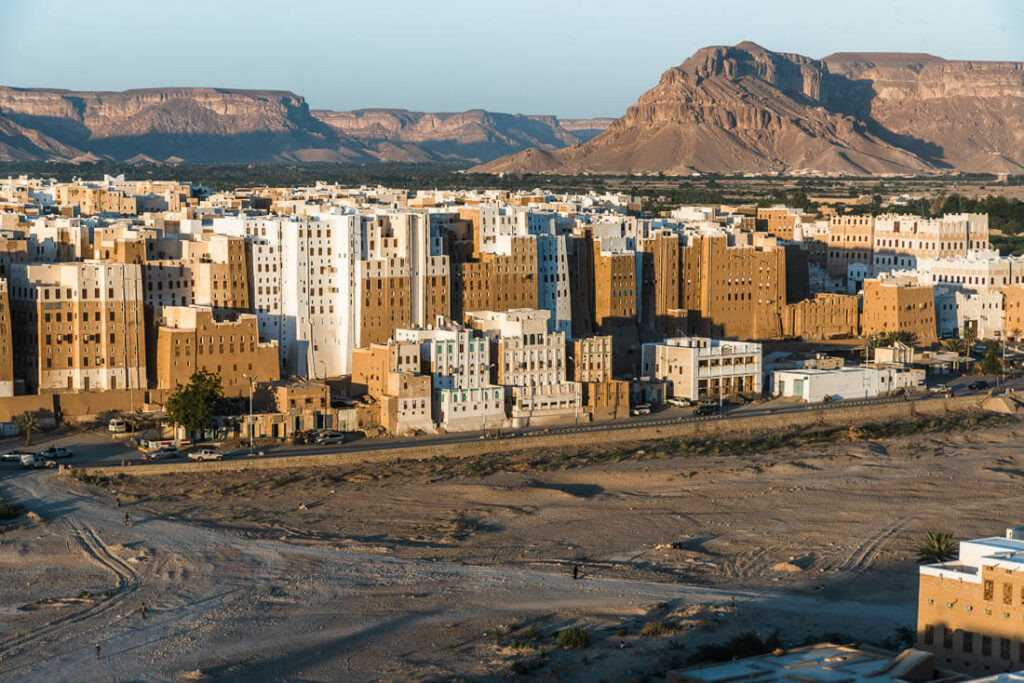 Shibam Yemen, a unique destination in Middle Eastern tourism
Shibam Yemen, a unique destination in Middle Eastern tourism
3.3. Esfahan, Iran: Jaw-Dropping Islamic Architecture
Esfahan is considered Iran’s most impressive city, renowned for its stunning mosques with giant domes and intricate geometrical designs. Historically, Esfahan has been a center of learning and culture, often compared to Athens and Rome. Today, it’s a modern and vibrant city with educated and progressive residents. Esfahan’s rich cultural heritage and architectural marvels make it a highlight of Middle Eastern tourism.
 Esfahan, showcasing Islamic architecture in Middle Eastern tourism
Esfahan, showcasing Islamic architecture in Middle Eastern tourism
3.4. The Old City of Damascus, Syria: Ancient History
The Old City of Damascus is one of the oldest cities in the world, dating back to the second millennium BC. As the capital of the Umayyad Caliphate from 661 to 750, it was a major center of power and culture. The Umayyad Mosque, originally a Jupiter Temple and later a Christian basilica, is a significant landmark. Despite the recent war, the Old City has remained relatively intact and is now a safe place to explore its rich history.
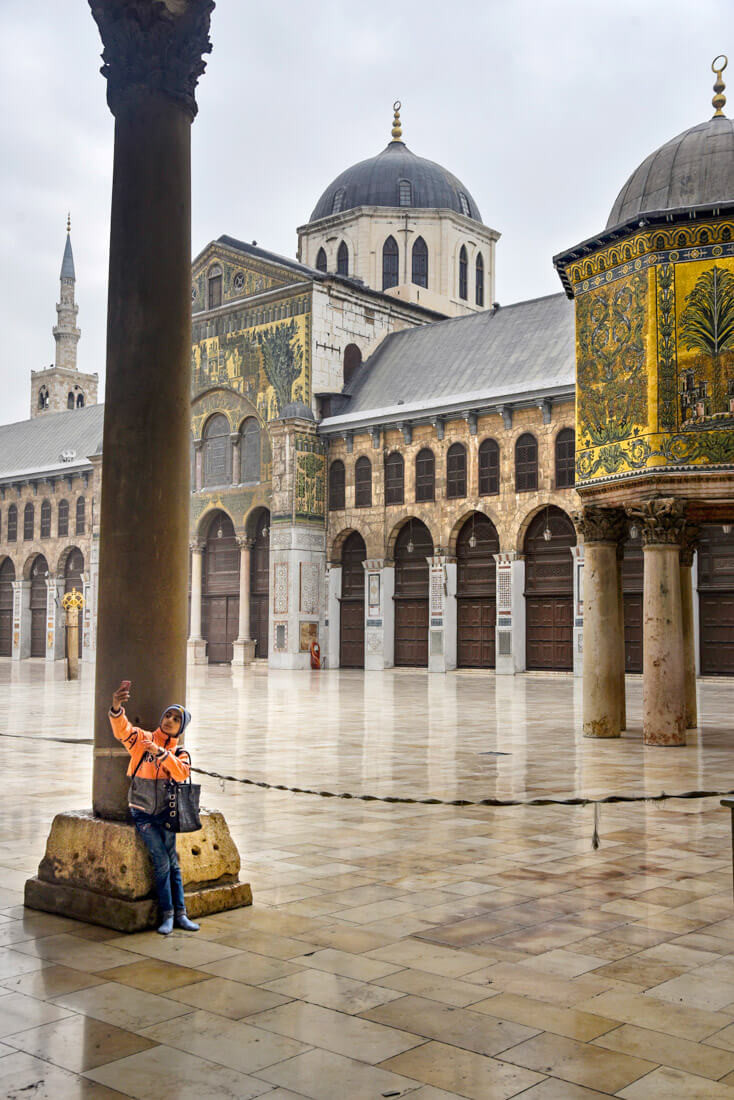 The Old City of Damascus, a key historical site for Middle Eastern tourism
The Old City of Damascus, a key historical site for Middle Eastern tourism
4. How Can You Ensure Safe Travel in the Middle East?
To ensure safe travel in the Middle East, it’s crucial to stay informed about local conditions, respect cultural norms, and use reliable services. Booking accommodations and transportation through trusted platforms like SIXT.VN can add an extra layer of security and convenience.
4.1. Staying Informed About Local Conditions
Before and during your trip, stay updated on the current political and social climate in your destination. Reliable sources such as government travel advisories, international news outlets, and local media can provide valuable insights. Awareness of potential risks and avoiding areas with ongoing conflicts can significantly enhance your safety.
4.2. Respecting Cultural Norms
The Middle East has diverse cultural norms and traditions that may differ significantly from Western customs. Dressing modestly, especially when visiting religious sites, is essential. Understanding and respecting local customs regarding interactions between men and women, alcohol consumption, and public behavior can help you avoid unintentional offense and ensure a more positive experience.
4.3. Using Reliable Services Like SIXT.VN
Partnering with reputable travel services can significantly enhance your safety and peace of mind. SIXT.VN offers reliable airport transfer services, ensuring you arrive at your accommodation safely and comfortably. Their extensive network of trusted hotels provides secure and comfortable lodging options. SIXT.VN also offers expert travel advice, helping you navigate local customs and identify safe and enjoyable activities.
4.4. Maintaining Communication
Keeping in touch with family and friends and sharing your itinerary with them ensures that someone knows your whereabouts. Investing in a local SIM card or portable Wi-Fi device can provide reliable communication access, allowing you to stay connected and seek assistance if needed.
5. What Are Some Must-See Historical Sites in Middle Eastern Tourism?
Must-see historical sites in Middle Eastern tourism include Baalbek in Lebanon, Jerusalem in Israel and Palestine, and Petra in Jordan. These sites showcase the region’s rich history and cultural heritage, offering travelers a glimpse into ancient civilizations and architectural marvels.
5.1. Baalbek, Lebanon: Giant Roman Ruins
Baalbek, located in Lebanon, is home to some of the most impressive Roman ruins outside of Rome. These ruins, including temples and monumental structures, date back to the Roman Empire and offer a glimpse into the region’s rich history. Unlike more crowded tourist sites, Baalbek often provides a more intimate experience, allowing visitors to explore the ruins with fewer crowds. This makes it a unique destination for Middle Eastern tourism, offering a blend of history and tranquility.
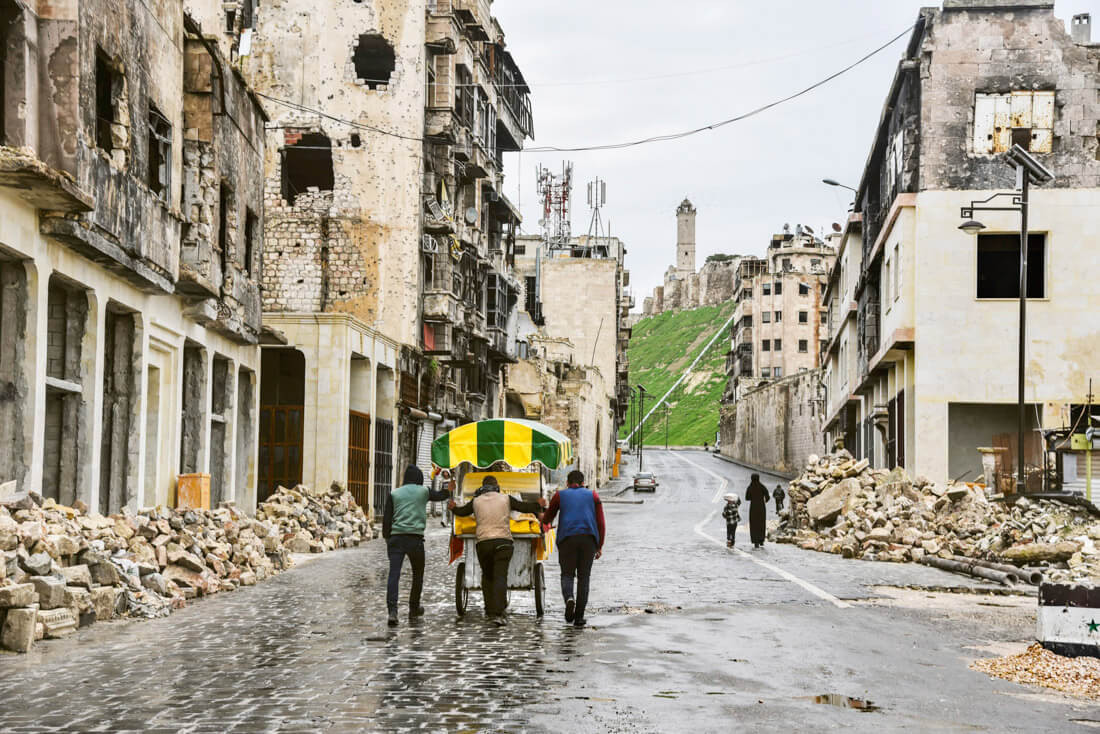 Baalbek ruins, a key historical site for Middle Eastern tourism
Baalbek ruins, a key historical site for Middle Eastern tourism
5.2. Jerusalem, Israel and Palestine: Holiest Place
Jerusalem is a city of immense religious and historical significance, revered by Christians, Muslims, and Jews alike. The city’s Old City is divided into distinct quarters, each with its own unique character and holy sites. The Western Wall, the Church of the Holy Sepulchre, and the Dome of the Rock are among the most important religious landmarks. Jerusalem seamlessly combines ancient traditions with modern city life, offering a multifaceted travel experience. According to historical records, Jerusalem has been a focal point of cultural and religious exchange for thousands of years.
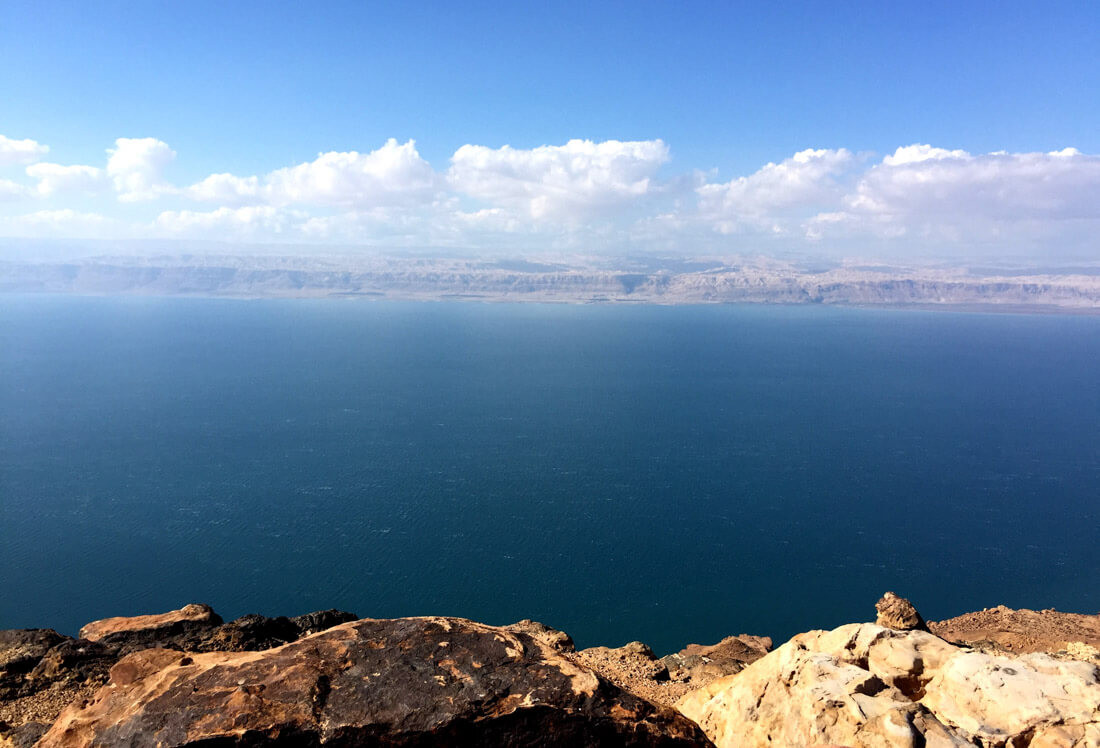 Jerusalem, a holy site central to Middle Eastern tourism
Jerusalem, a holy site central to Middle Eastern tourism
5.3. Petra, Jordan: One of the 7 Wonders of the World
Petra, in Jordan, is one of the New Seven Wonders of the World. Founded in the 6th century B.C. by the Edomites, Petra flourished under the Nabataeans, who carved the city from rock and transformed it into a major trading hub. The Treasury and the Monastery are iconic structures, but exploring the lesser-known trails and hiking paths offers a deeper appreciation of Petra’s architecture and history. Petra’s unique blend of natural beauty and ancient craftsmanship makes it an unforgettable destination in Middle Eastern tourism.
 Jerusalem, a holy site central to Middle Eastern tourism
Jerusalem, a holy site central to Middle Eastern tourism
6. What Natural Attractions Should You Visit in Middle Eastern Tourism?
Natural attractions to visit in Middle Eastern tourism include the Dead Sea, the coastline of Dhofar province in Oman, and Wadi Rum in Jordan. These destinations offer stunning landscapes and unique experiences, from floating in the Dead Sea to exploring the desert scenery of Wadi Rum.
6.1. The Dead Sea: The Lowest Point on Earth
The Dead Sea, located between Jordan, Israel, and Palestine, is renowned for its high salt concentration, making it nearly impossible to sink. At 430 meters below sea level, it is the lowest point on Earth. The high salt content prevents aquatic life, hence its name. Visitors can float effortlessly in the mineral-rich waters and enjoy mud baths believed to have therapeutic properties. According to geological surveys, the Dead Sea’s unique properties have attracted visitors for centuries.
 Jerusalem, a holy site central to Middle Eastern tourism
Jerusalem, a holy site central to Middle Eastern tourism
6.2. The Coastline of Dhofar Province, Oman: Epic Beaches
The coastline of Dhofar province in Oman offers a dramatic contrast to typical desert landscapes. With vertiginous cliffs, turquoise waters, and secluded beaches, this region is perfect for camping and road trips. Unlike the more frequented northern parts of Oman, Dhofar provides a wild and untouched experience. The unique combination of rugged terrain and pristine beaches makes it a standout destination in Middle Eastern tourism.
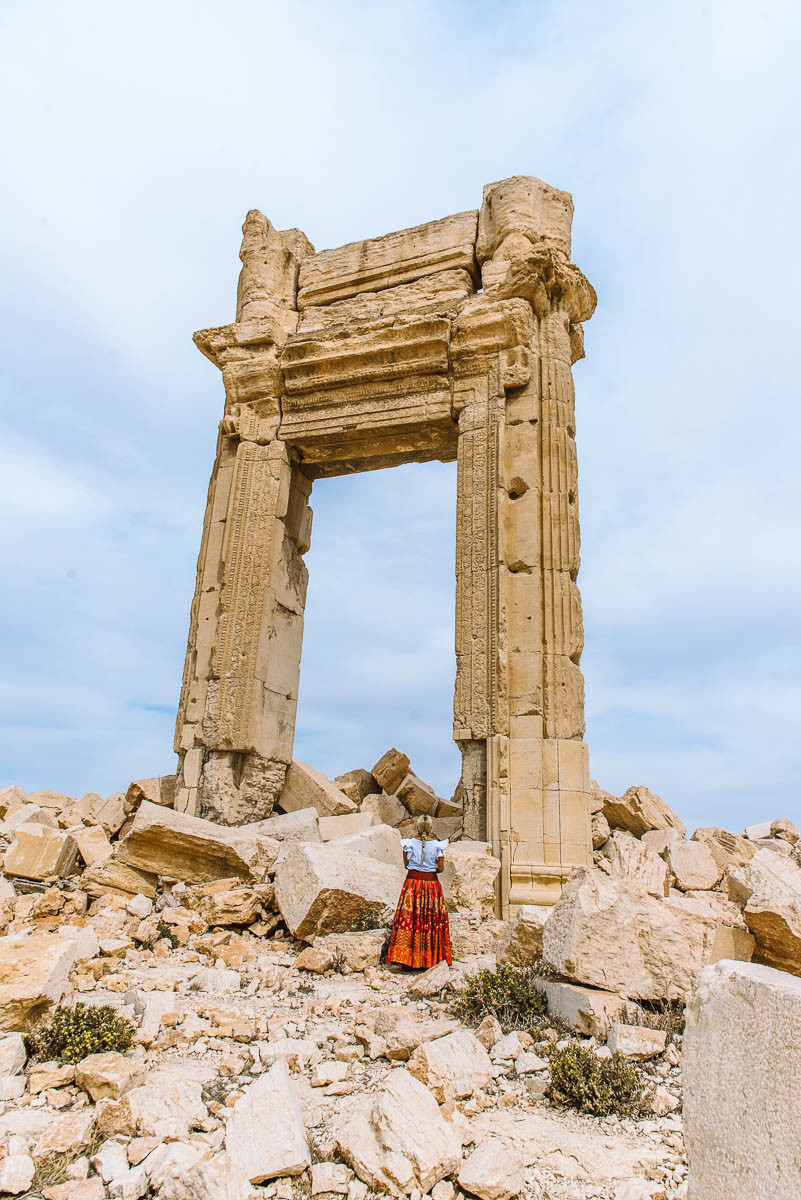 Dhofar, Oman's stunning coastline for Middle Eastern tourism
Dhofar, Oman's stunning coastline for Middle Eastern tourism
6.3. Wadi Rum, Jordan: Desert Adventure
Wadi Rum, also known as the Valley of the Moon, is a protected desert wilderness in southern Jordan. Characterized by dramatic sandstone mountains and red sand dunes, it offers a range of activities such as jeep tours, camel rides, and rock climbing. Bedouin camps provide an opportunity to experience traditional desert life. Wadi Rum’s otherworldly landscapes have been featured in numerous films, making it a popular destination for adventure seekers in Middle Eastern tourism.
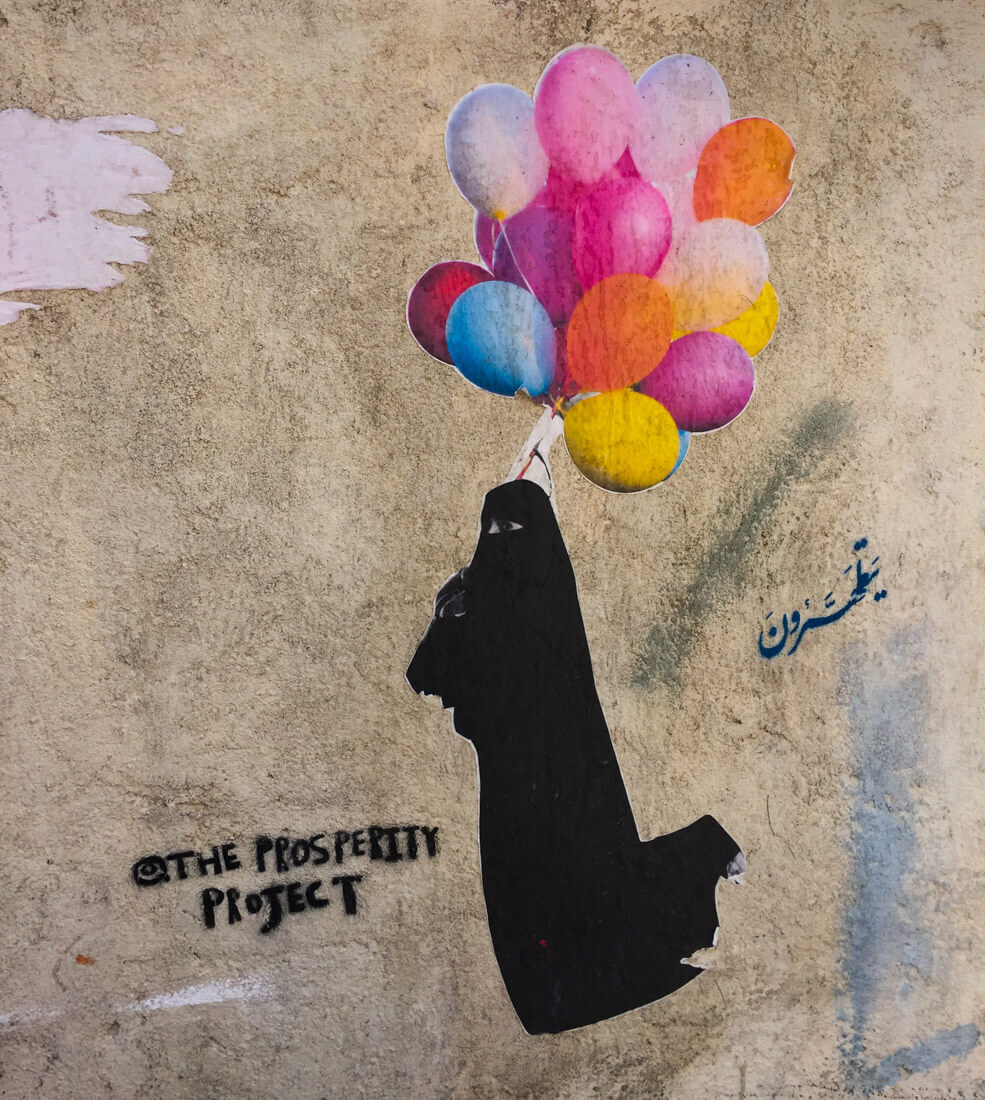 Wadi Rum, Jordan's iconic desert for Middle Eastern tourism
Wadi Rum, Jordan's iconic desert for Middle Eastern tourism
7. How Can SIXT.VN Enhance Your Middle Eastern Tourism Experience?
SIXT.VN enhances your Middle Eastern tourism experience by offering reliable transportation, comfortable accommodations, and expert travel advice. With SIXT.VN, you can enjoy a hassle-free trip, focusing on exploring the region’s wonders. Our services are designed to meet the needs of diverse travelers, ensuring a memorable and convenient journey.
7.1. Reliable Airport Transfers
Arriving in a new country can be stressful, especially after a long flight. SIXT.VN provides dependable airport transfer services, ensuring a smooth and comfortable transition to your accommodation. Professional drivers and well-maintained vehicles guarantee a safe and timely arrival, allowing you to start your vacation without delay.
7.2. Comfortable Accommodation Options
Finding the right accommodation is crucial for a pleasant travel experience. SIXT.VN offers a diverse selection of hotels and lodging options to suit various budgets and preferences. Whether you’re looking for a luxurious resort or a cozy boutique hotel, SIXT.VN can help you find the perfect place to relax and unwind after a day of exploring.
7.3. Expert Travel Advice
Navigating a new culture and environment can be challenging. SIXT.VN provides expert travel advice, offering insights into local customs, attractions, and practical tips. Their knowledgeable team can assist you in planning your itinerary, recommending the best places to visit, and providing valuable information to enhance your travel experience.
7.4. Comprehensive Support
SIXT.VN goes beyond basic travel services by offering comprehensive support throughout your trip. From booking flights and tours to providing assistance with visa requirements and travel insurance, SIXT.VN ensures that every aspect of your journey is well-catered for. This holistic approach allows you to travel with confidence and peace of mind.
8. What Cultural Experiences Are Essential in Middle Eastern Tourism?
Essential cultural experiences in Middle Eastern tourism include visiting local markets, attending traditional festivals, and experiencing Bedouin hospitality. These activities provide a deeper understanding of the region’s rich heritage and offer opportunities to interact with local communities.
8.1. Exploring Local Markets
Local markets, or souks, are vibrant hubs of activity, offering a sensory overload of sights, sounds, and smells. From spices and textiles to handicrafts and jewelry, these markets are treasure troves of local goods. Haggling is a common practice, so don’t be afraid to negotiate for the best price. Exploring local markets provides a glimpse into the daily life and commerce of Middle Eastern communities.
 Wadi Rum, Jordan's iconic desert for Middle Eastern tourism
Wadi Rum, Jordan's iconic desert for Middle Eastern tourism
8.2. Attending Traditional Festivals
Traditional festivals are an integral part of Middle Eastern culture, celebrating everything from religious holidays to seasonal changes. These festivals often feature music, dance, food, and elaborate costumes. Attending a traditional festival provides a unique opportunity to witness local customs and traditions firsthand.
8.3. Experiencing Bedouin Hospitality
Bedouin hospitality is legendary in the Middle East, characterized by generosity, warmth, and respect. Spending time with Bedouin communities, whether in a desert camp or a traditional home, offers a glimpse into their nomadic lifestyle and cultural values. Sharing meals, stories, and customs with Bedouin hosts is an unforgettable cultural experience.
8.4. Visiting Religious Sites
The Middle East is the birthplace of several major religions, and visiting religious sites is an essential part of understanding the region’s cultural landscape. Mosques, churches, synagogues, and other places of worship offer insights into the spiritual beliefs and practices of local communities. Respectful attire and behavior are essential when visiting these sites.
9. What Are Some Tips for Planning a Budget-Friendly Trip to the Middle East?
Tips for planning a budget-friendly trip to the Middle East include traveling during the off-season, using public transportation, and eating local cuisine. Finding affordable accommodations and taking advantage of free activities can also help you save money.
9.1. Traveling During the Off-Season
Traveling during the off-season, typically in the shoulder months of spring and autumn, can significantly reduce your travel expenses. Flights and accommodations are often cheaper during these periods, and popular tourist sites are less crowded. The weather is also milder, making it a pleasant time to explore the region.
9.2. Using Public Transportation
Public transportation, such as buses and trains, is a cost-effective way to get around in many Middle Eastern cities. Local buses are often inexpensive and provide a great way to experience local life. In some cities, metro systems and trams offer efficient and affordable transportation options.
9.3. Eating Local Cuisine
Eating at local restaurants and street food stalls is not only a culinary adventure but also a budget-friendly way to enjoy Middle Eastern cuisine. Local eateries often offer delicious and authentic dishes at much lower prices than tourist-oriented restaurants. Trying local specialties is an essential part of the travel experience.
9.4. Finding Affordable Accommodations
Affordable accommodations, such as hostels, guesthouses, and budget hotels, are available in many Middle Eastern cities. Booking accommodations in advance and considering locations outside the main tourist areas can help you save money. Airbnb and other vacation rental platforms also offer budget-friendly options.
10. What Are the Current Travel Restrictions and Guidelines for Middle Eastern Tourism in 2025?
Current travel restrictions and guidelines for Middle Eastern tourism in 2025 vary by country, but generally include visa requirements, health regulations, and security measures. Staying informed about these guidelines and adhering to them is essential for a smooth and safe travel experience.
10.1. Visa Requirements
Visa requirements vary by country and depend on your nationality. Some countries offer visa-free entry to citizens of certain countries, while others require you to obtain a visa in advance. Check the visa requirements for your destination well in advance of your trip and apply for a visa if necessary.
10.2. Health Regulations
Health regulations may include vaccination requirements, COVID-19 testing, and mask mandates. Stay informed about the health regulations for your destination and comply with all requirements. It’s also a good idea to consult your doctor before traveling to ensure that you have any necessary vaccinations and medications.
10.3. Security Measures
Security measures are in place at airports, tourist sites, and other public areas in many Middle Eastern countries. Be prepared to undergo security checks and cooperate with security personnel. It’s also a good idea to be aware of your surroundings and report any suspicious activity to the authorities.
10.4. Local Laws and Customs
Respect local laws and customs, and be aware of the potential consequences of violating them. Dress modestly, especially when visiting religious sites, and avoid public displays of affection. Alcohol consumption may be restricted in some areas, and it’s important to be aware of local laws regarding alcohol.
Planning your Middle Eastern adventure? SIXT.VN is here to make it seamless. From airport pickups to cozy hotels and insider travel tips, we’ve got you covered. Don’t let travel hassles hold you back. Visit SIXT.VN today and let’s turn your dream trip into a reality. Adventure awaits – start planning now!
FAQ: Your Questions About Middle Eastern Tourism Answered
1. Is it safe to travel to the Middle East?
Safety varies by country; research your destination and stay informed.
2. What are the top tourist destinations in the Middle East?
Popular spots include Petra (Jordan), Dubai (UAE), and Jerusalem (Israel/Palestine).
3. What cultural norms should I be aware of?
Dress modestly, respect local customs, and be mindful of religious practices.
4. Do I need a visa to visit the Middle East?
Visa requirements depend on your nationality and the country you plan to visit.
5. What is the best time to visit the Middle East?
The shoulder seasons (spring and autumn) offer pleasant weather and fewer crowds.
6. How can SIXT.VN help with my trip to the Middle East?
SIXT.VN offers reliable airport transfers, comfortable accommodations, and expert travel advice.
7. What languages are spoken in the Middle East?
Arabic is the most common language, but English is widely spoken in tourist areas.
8. What should I pack for a trip to the Middle East?
Pack modest clothing, comfortable shoes, and any necessary medications.
9. How can I find affordable accommodations in the Middle East?
Consider hostels, guesthouses, and budget hotels, and book in advance.
10. What are some must-try foods in the Middle East?
Try hummus, falafel, shawarma, and local sweets like baklava.



